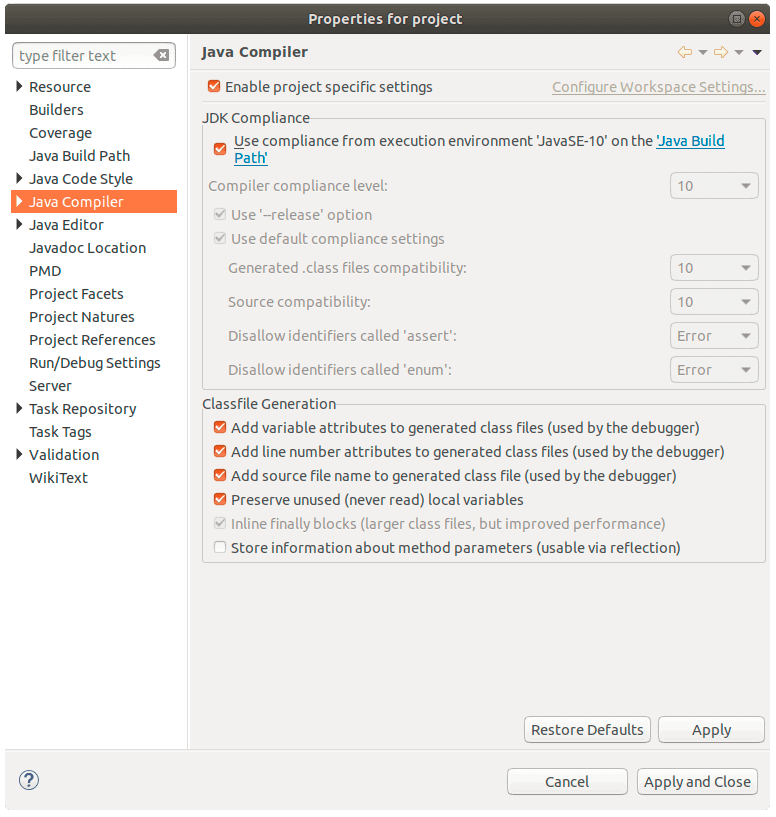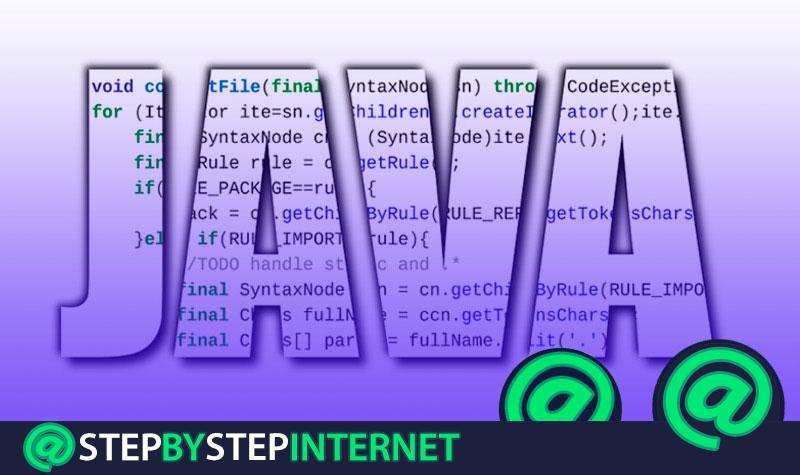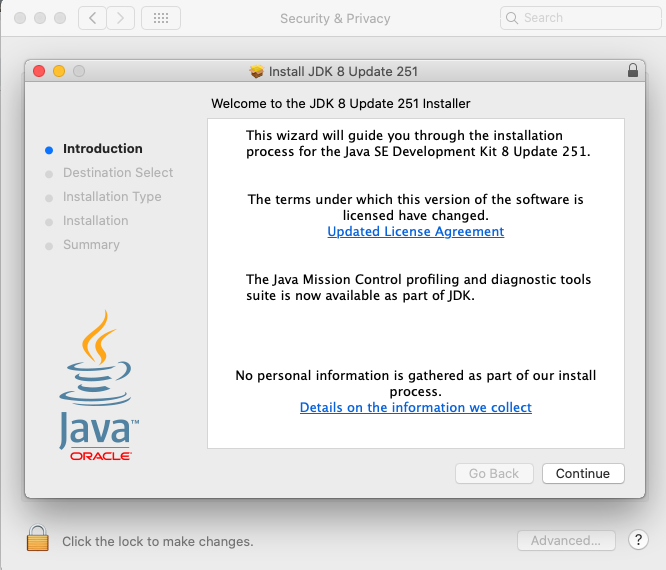


When you download a new JDK release it comes as an installer, so you double click it, click the "Next" button necessary amount of times, and it puts the files somewhere on the filesystem. If you have a good recipe on how you switch Java versions on the command line on Windows, please share with the community in the comments. Note, I'm using a Mac, and the scripts in this post will work on a Mac and, perhaps, on some Linux machines. In this post, I want to share my setup to switch the active JDK version on the command line. Start Free Switching Java Versions Via the Command Line Try JRebel free for 10 days to see how it supports your JDK. In this article, we look at how to switch Java versions via the command line. Whenever you I navigate to this directory or a sub-directory of it, then jenv will ensure that Java 12 will be used.With Java releases coming out every 6 months, many developers want to try out the new features included in each release. However, you probably won't migrate all your projects to a new version yet and will want to maintain several versions of the JDK on your machine, switching Java versions when needed. java-version file in the directory with the specified version. For example to set Java 12 for OpenWhisk, I navigate to ~/Project/openwhisk and type: I like to set a given Java version on a per-directory basis using jenv local. Update: with newer version of jenv, use jenv local * system (set by /Users/rob/.jenv/version)

Jenv’s versions will provide you a list of the available versions on your system: ls /Library/Java/JavaVirtualMachines/ will tell you. The exact versions depend on what you have installed. $ jenv add /Library/Java/JavaVirtualMachines/adoptopenjdk-8.jdk/Contents/Home/ $ jenv add /Library/Java/JavaVirtualMachines/adoptopenjdk-12.jdk/Contents/Home/ $ jenv add /Library/Java/JavaVirtualMachines/jdk-15.0.1.jdk/Contents/Home/

The next step is to add our Java versions to jenv: Restart your terminal to pick up the change. We now add jenv to our terminal by adding the following to. Looking around the Internet, I discovered jenv which shouldn’t have surprised me as I use pyenv and I’m aware of rbenv too.Īs I use Homebrew, these are the commands I used.įirstly install jenv, the latest Java (15 at this time) and any other versions you need. When working on OpenWhisk, I discovered that it needed a different Java to the one I had installed.


 0 kommentar(er)
0 kommentar(er)
